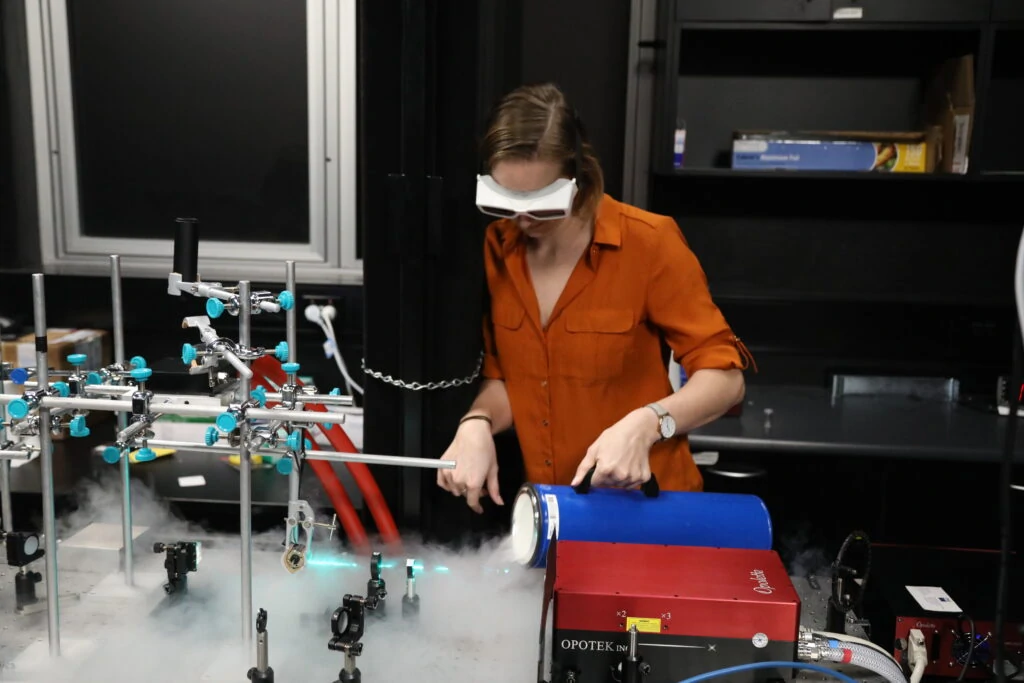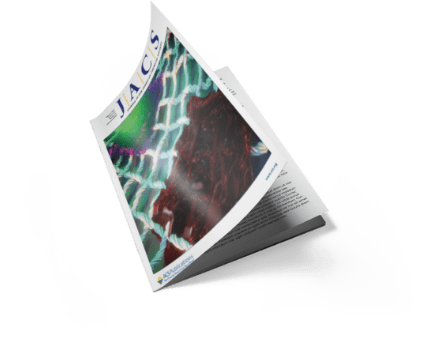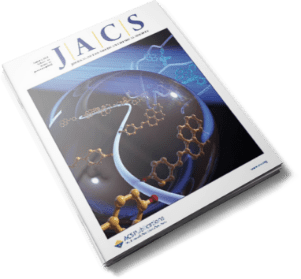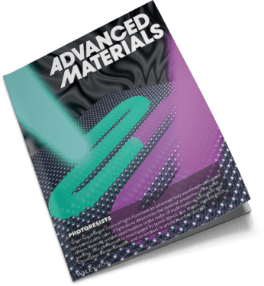Synthesis
Making light work of soft matter materials design
Our main area of expertise are photochemical transformations. The team has pioneered the field of multi-colour wavelength resolved photochemistry, where reactions are induced with monochromatic colours of light and we introduced a taxonomy to describe two-colour photochemical reaction system, i.e. synergistic, orthogonal, cooperative and antagonistic photochemical reaction modes. Precision photochemistry is only possible when the exact response of a photochemical reaction to specific monochromatic wavelength is known. We have pioneered so-called photochemical action plots for covalent bond forming and cleaving reactions, demonstrating that the absorptivity of a photochemically active compounds holds no predictive power for the optimum wavelength section: Absorptivity and photochemical reactivity are fundamentally mismatched – read more about our paradigm changing discovery in precision photochemistry here.
We use our powerful photochemical tools for advanced macromolecular design – ranging from block copolymer formation and end group transformations to surface modification in rapid reactions that function under equimolar conditions and preferentially occur at ambient temperatures to allow for a maximum of simplicity as well as – importantly – bioorthogonality.
Facing limitations of available resources on our planet, it is critical to re-evaluate the way we manufacture essential goods. Nature provides key inspiration for how to produce complex and highly functional materials through the perfectly sustainable, light-fuelled process called photosynthesis. While human technology still has a long way to go to achieve nature’s sophistication, the Soft Matter Materials Laboratory pioneers fundamentally new approaches in synthesis that exploit the selectivity and efficiency of light based on our precision photochemistry paradigm. Avoiding usually required harmful UV light in light fuelled reaction processes, we are constantly developing new polymerization and ligation techniques that make use of benign visible light. Exceeding the spatio-temporal control of light that allows to control when and where a reaction takes place, we are designing chemical reactions that also respond selectively to the colour of light. Such wavelength-gated systems enable molecular surgery by altering specific parts of molecules while leaving others untouched – and on the materials level even enable the fabrication of multiple materials from only one photoresist as the function of the colour of light. Addressing the global problem of lifetime cycles of polymers, we are developing polymers that can be unmade again in the presence of a certain stimulus. Taking lifetime control of synthetic materials one step further, we synthesize chemical bonds that are only stable in the presence of light and autonomously disintegrate in the dark. Inspired by nature’s functional macromolecules such as enzymes, we develop synthetic avenues to generate functional 3D architectures from synthetic polymer chains, so called single-chain nanoparticles.
In combination with ring-opening polymerization (ROP) or reversible deactivation radical polymerization techniques such as atom transfer radical polymerization (ATRP) or reversible addition-fragmentation chain transfer (RAFT) polymerization, our light-induced tools provide the opportunity for the rapid design of complex macromolecular architectures under ambient reaction conditions. Our light triggered ligation protocols include the NITEC (nitrile imine tetrazole ene cycloaddition) approach, photo-triggered oxime ligations, several variants of photoenol and phenacylsulfide chemistry or photochemical approaches based on chalcones or styrylquinoxalines. Importantly, the developed toolbox of light triggered reactions finds applications in our activities in hybrid material design, most notably for the precision folding of polymers, photoresponsive hydrogels/networks and lithographic applications such as 3D laser lithography, i.e. Direct Laser Writing (DLW) or SLA printing.
The in-depth understanding of underlying reaction mechanisms and kinetics is a critical part of effectively modelling and predicting polymerization processes. Within the Soft Matter Material Laboratory, the use of PREDICI software as well as pulsed laser polymerization coupled with absolute molecular weight analysis (PLP-SEC) are combined for the simulation and experimental determination of fundamental polymerization processes, from propagation and termination rates, molecular weights, or sequence distribution to the initiation processes or efficiencies of photoinitiator systems.




